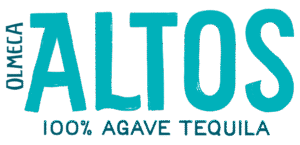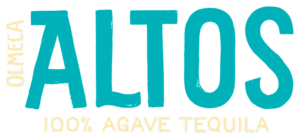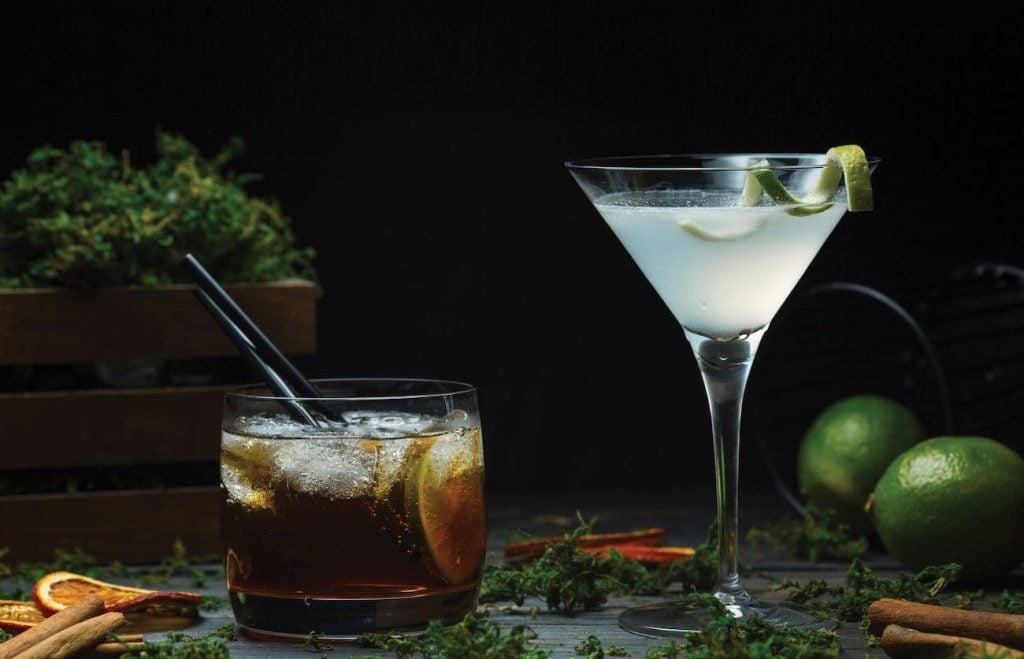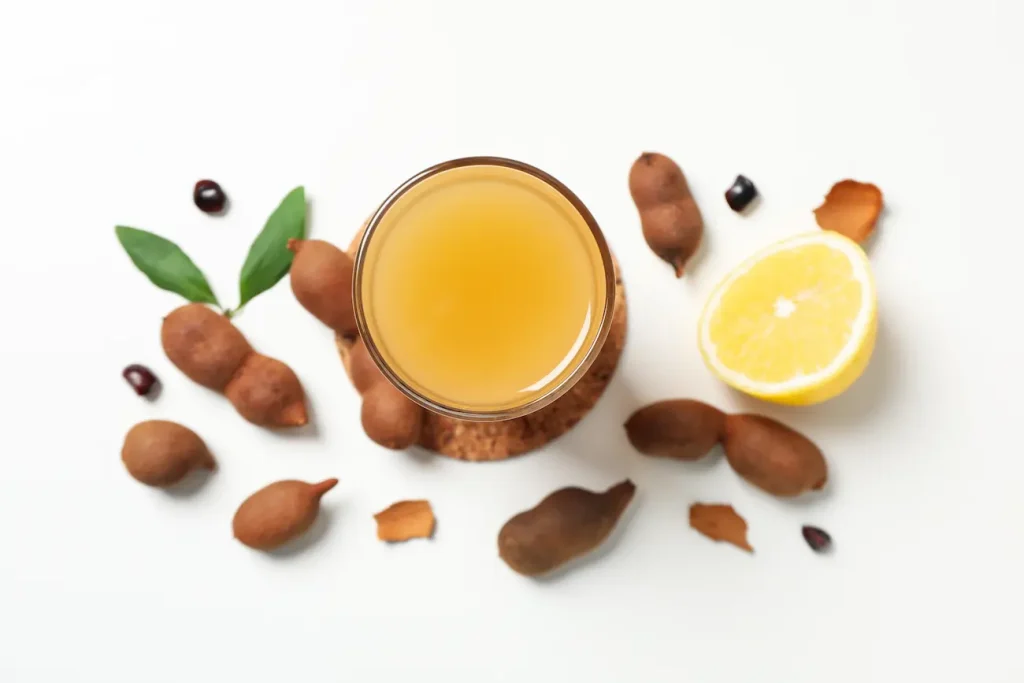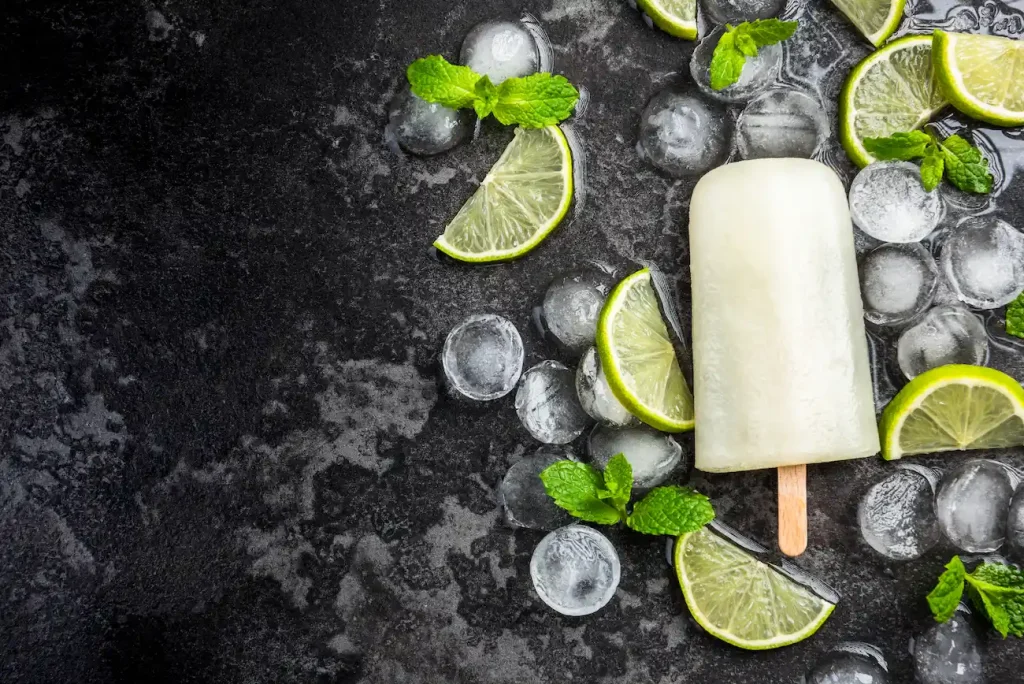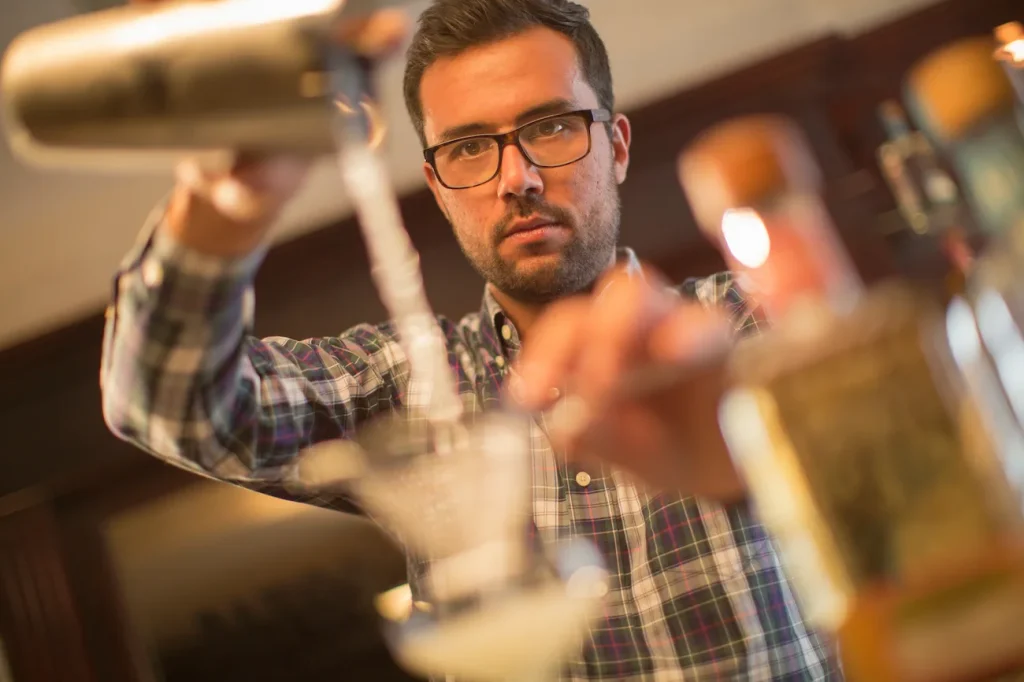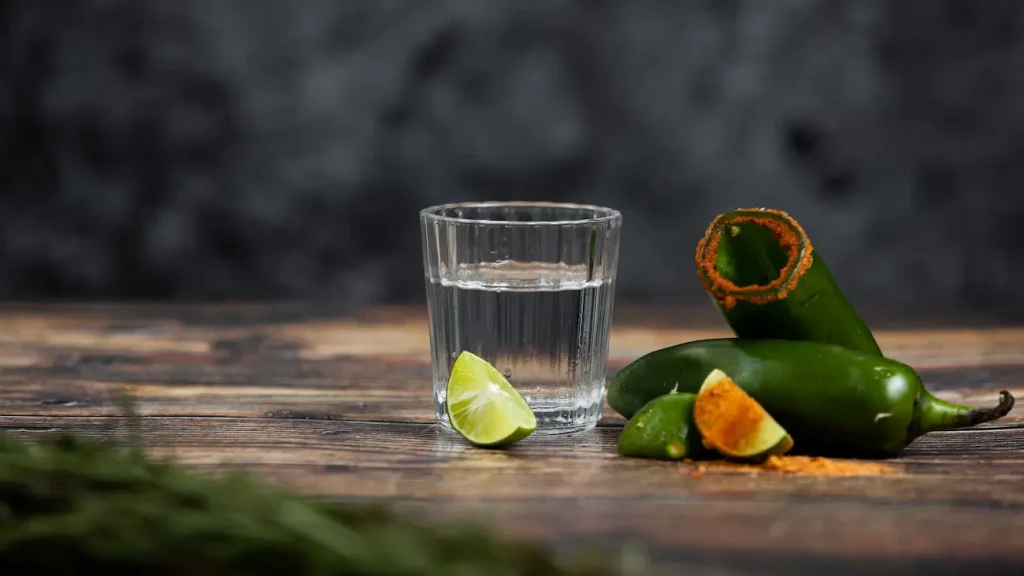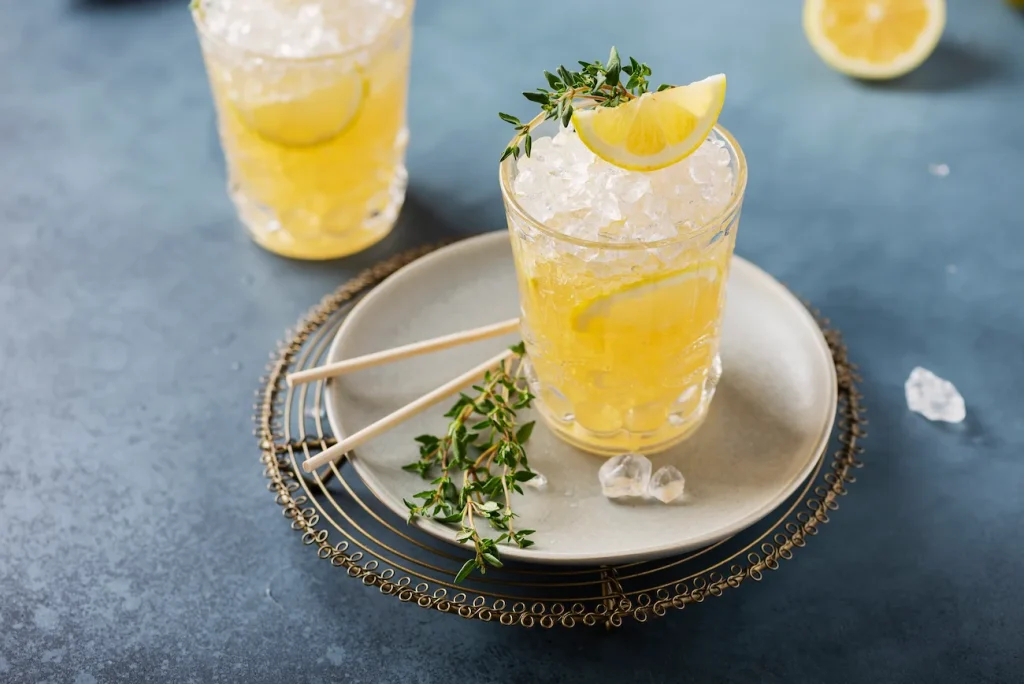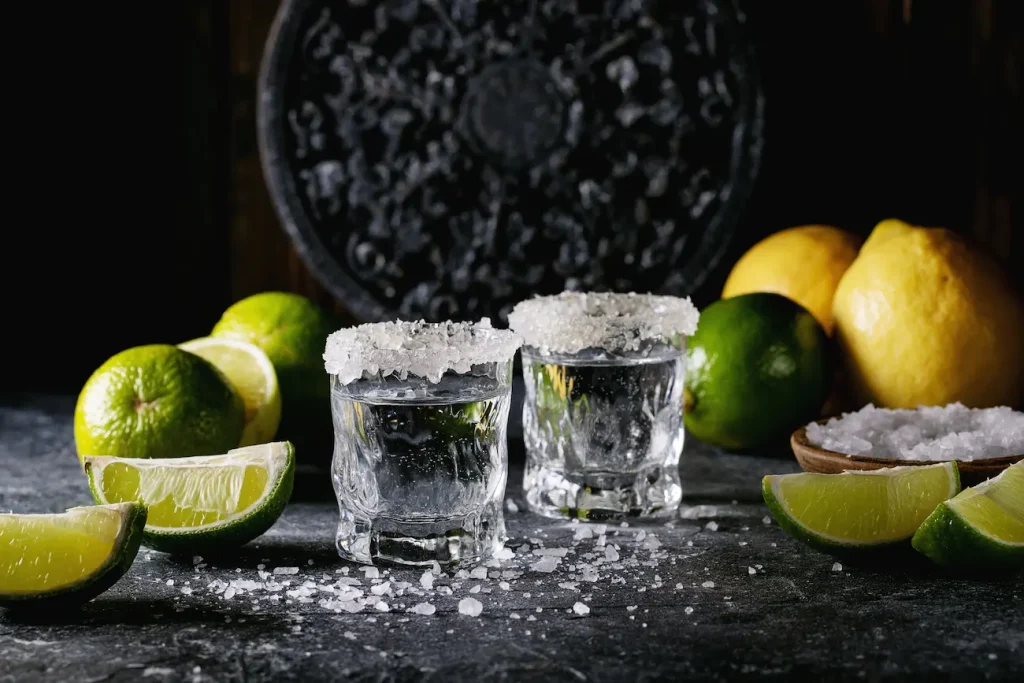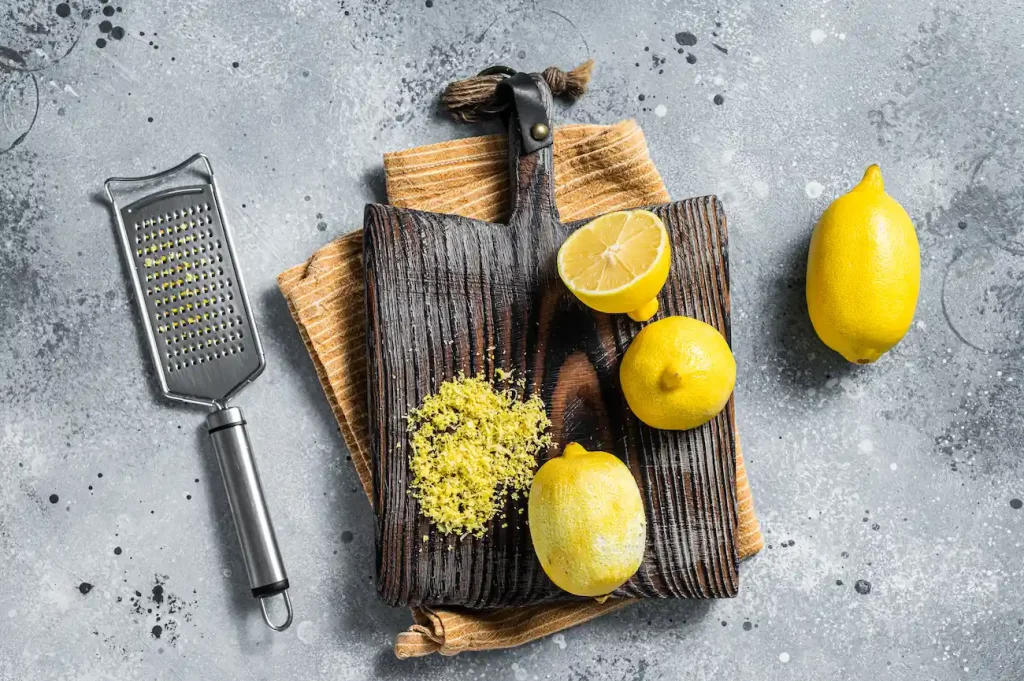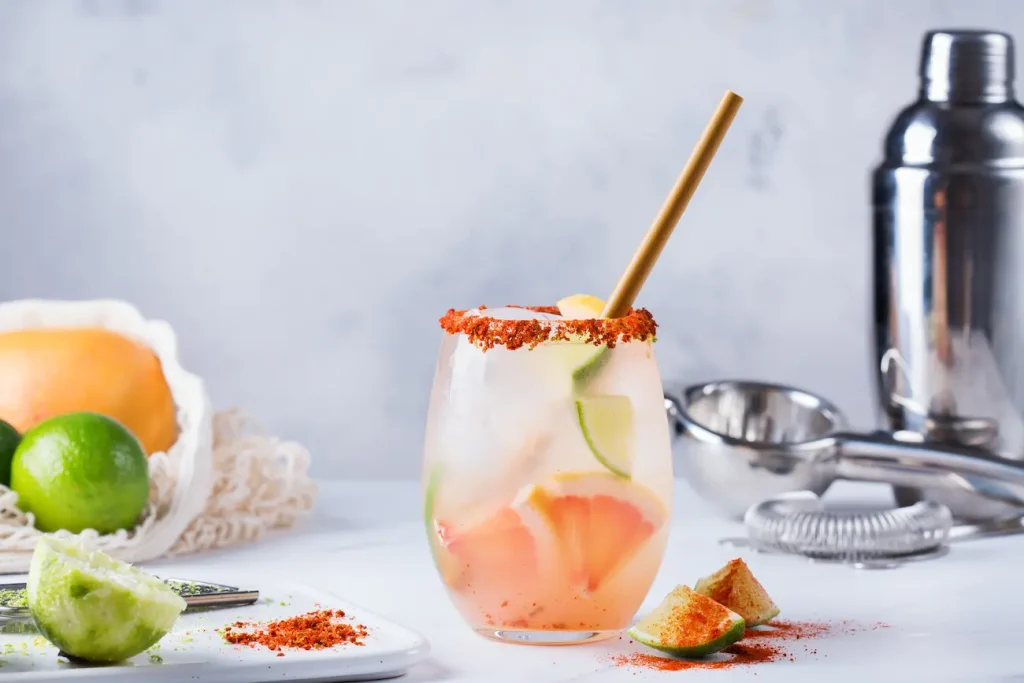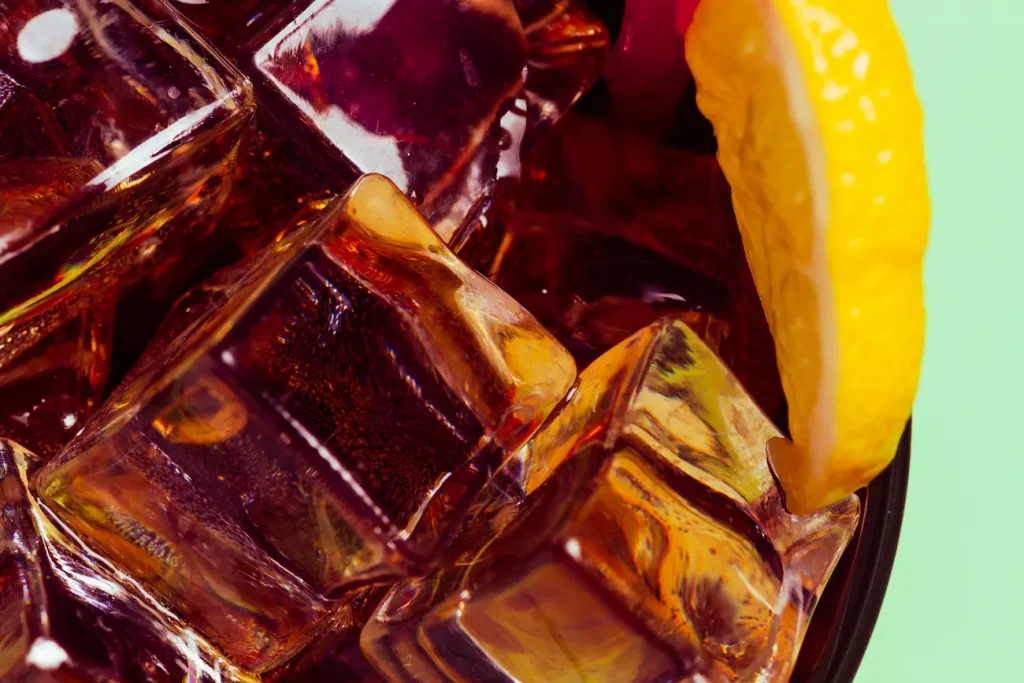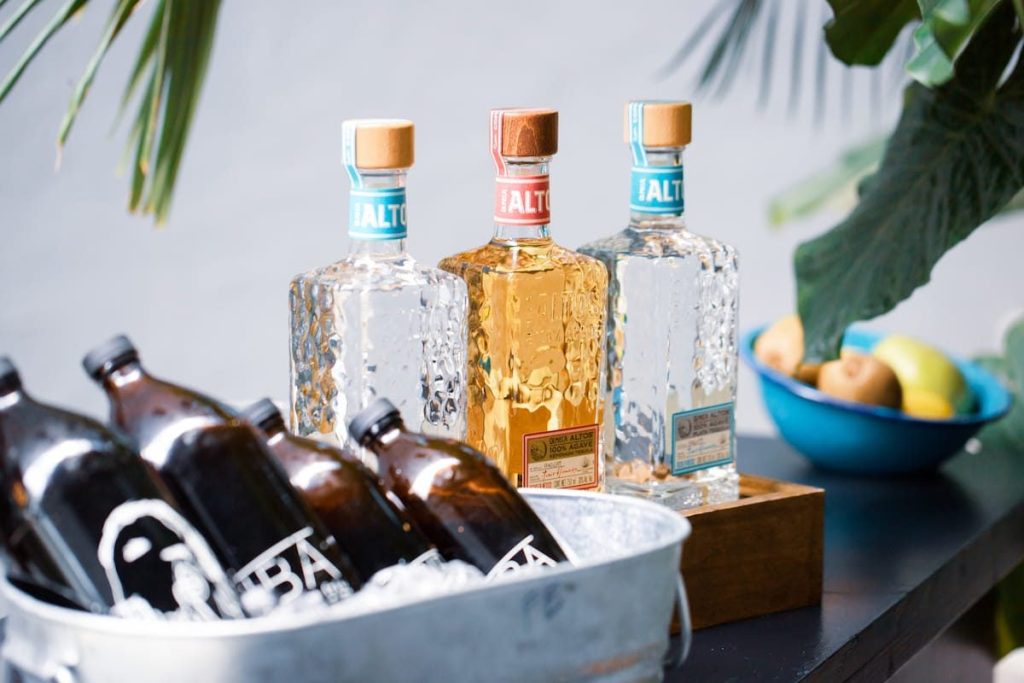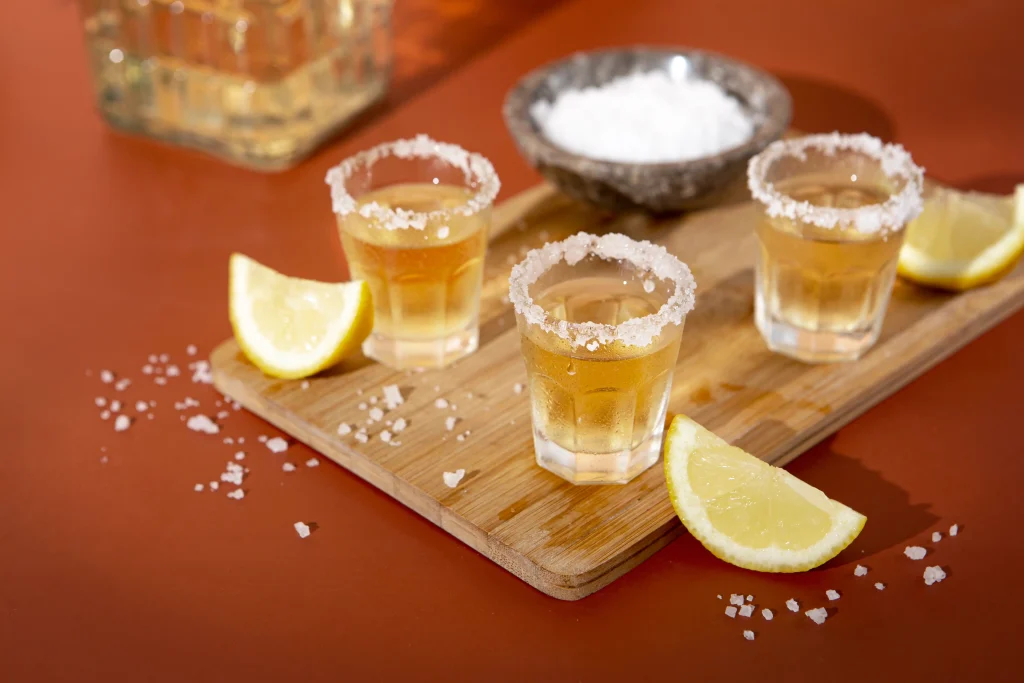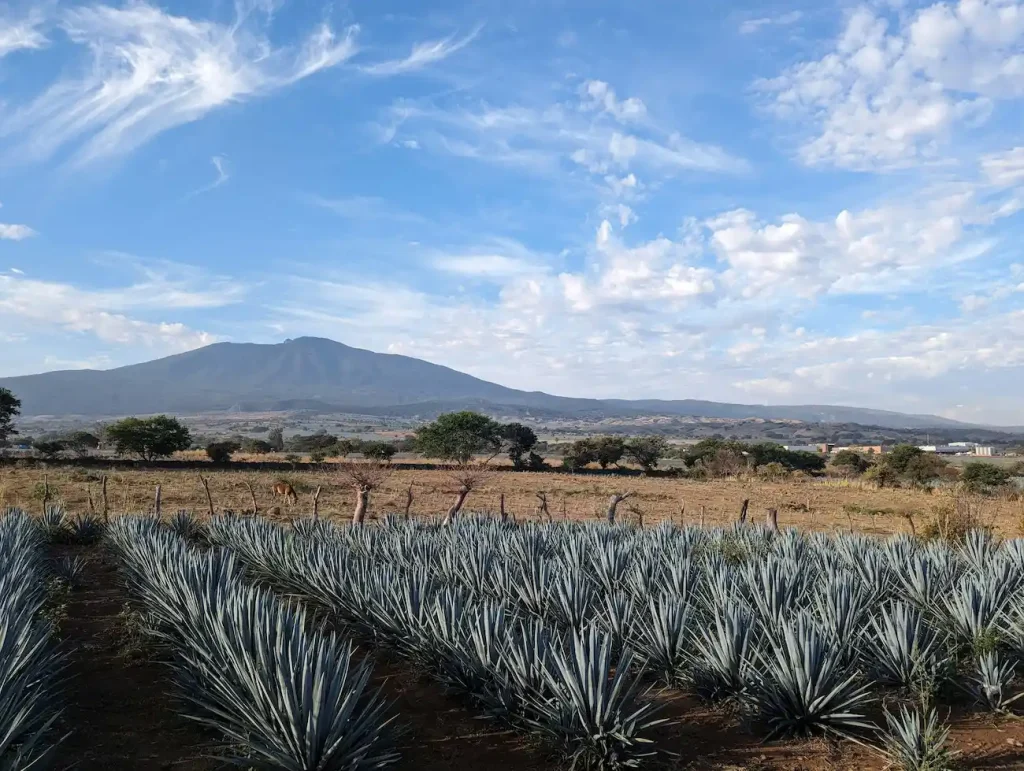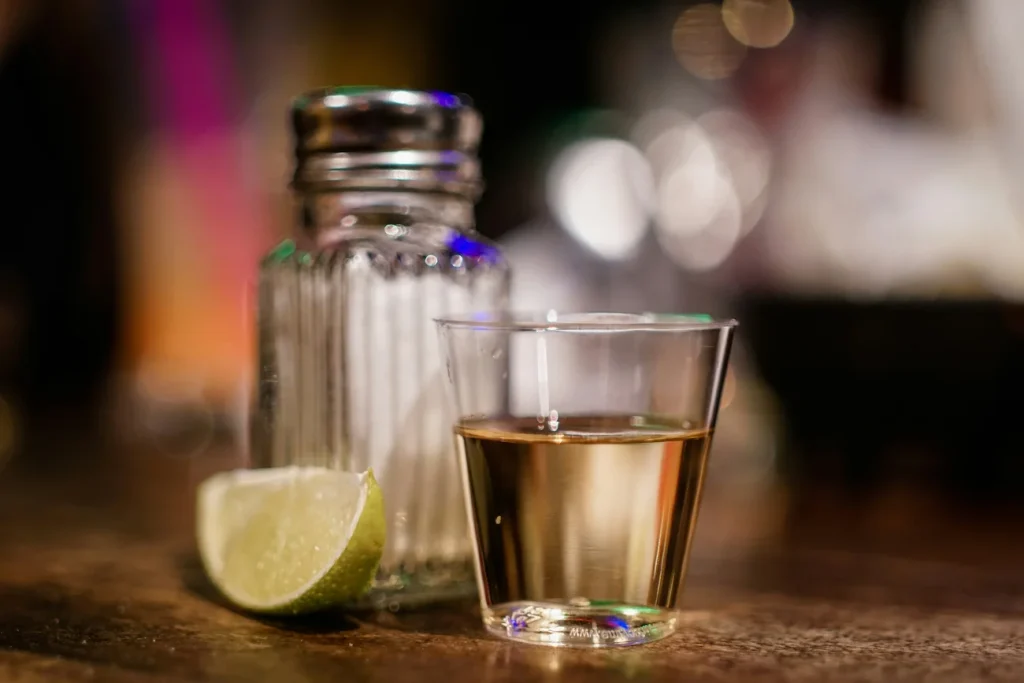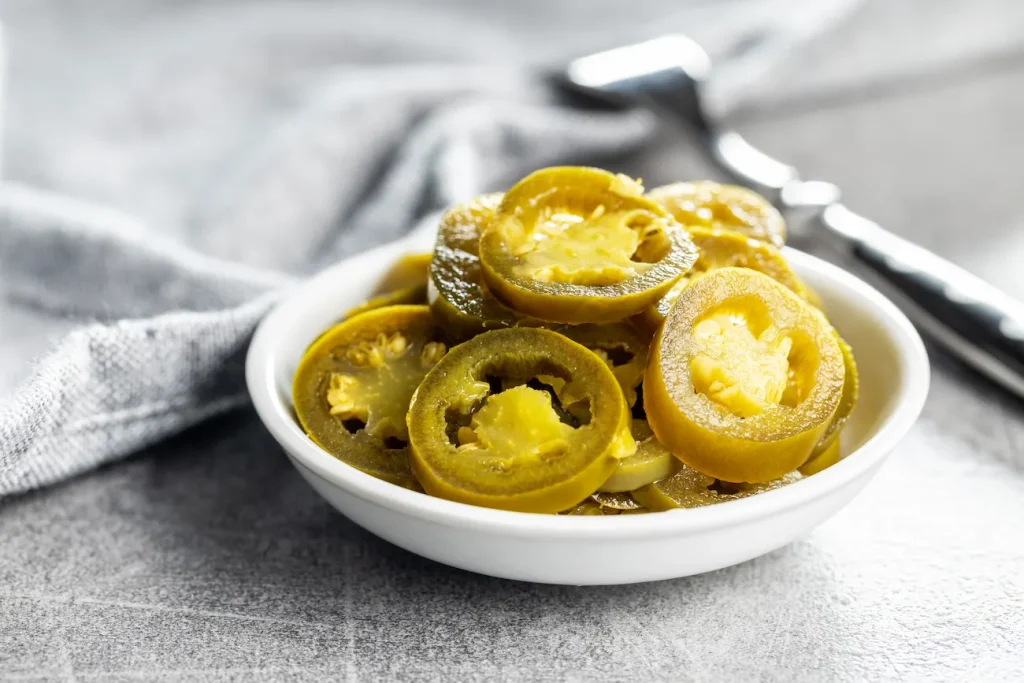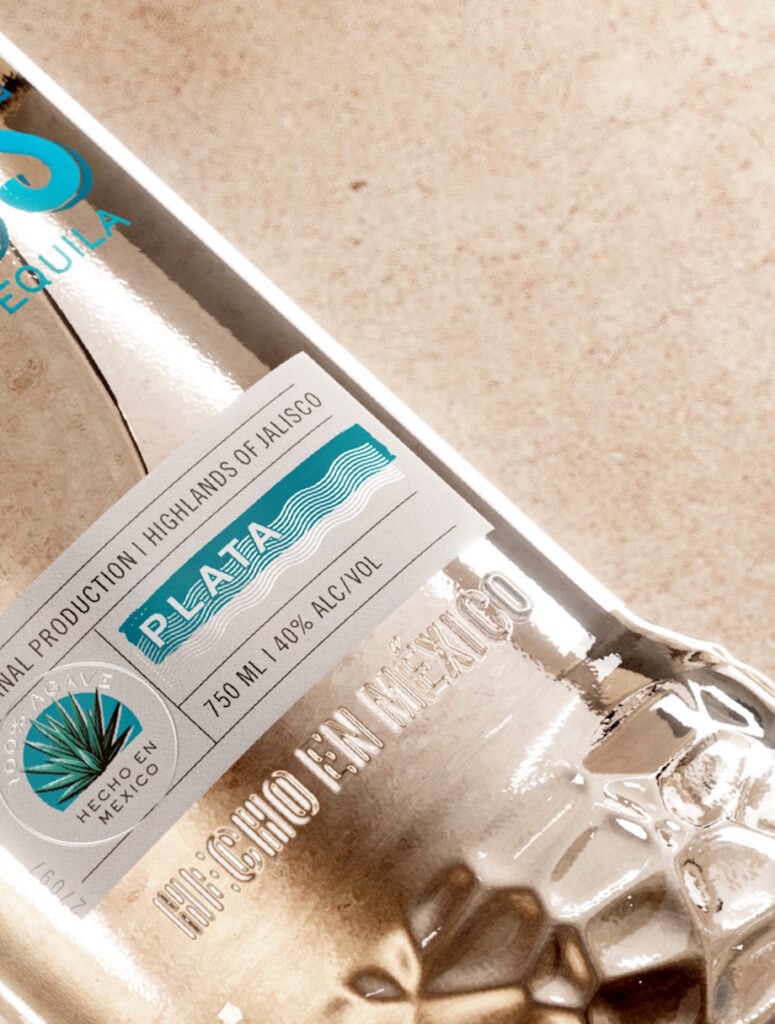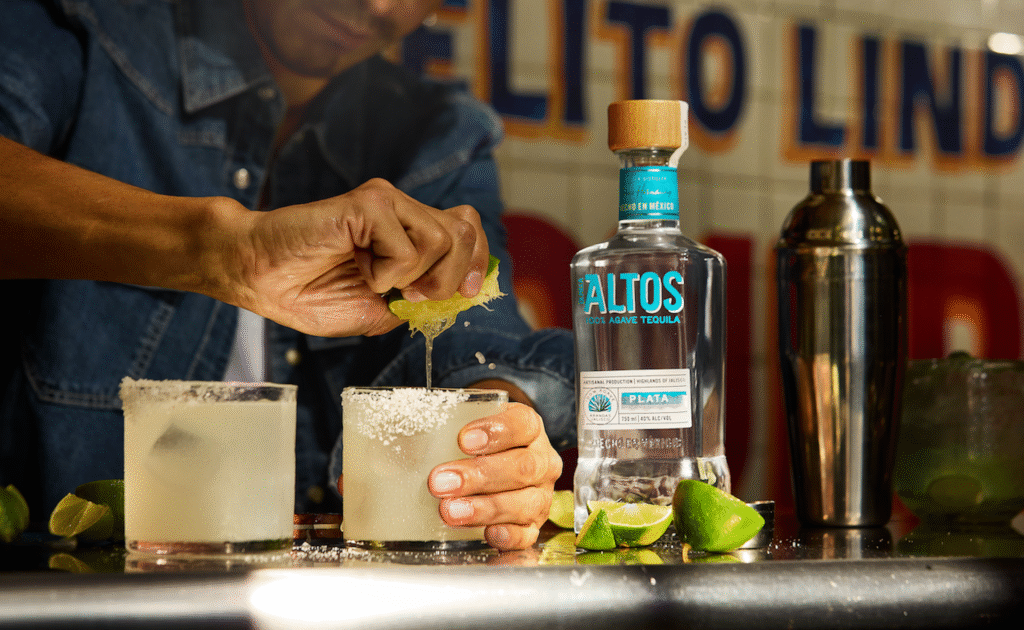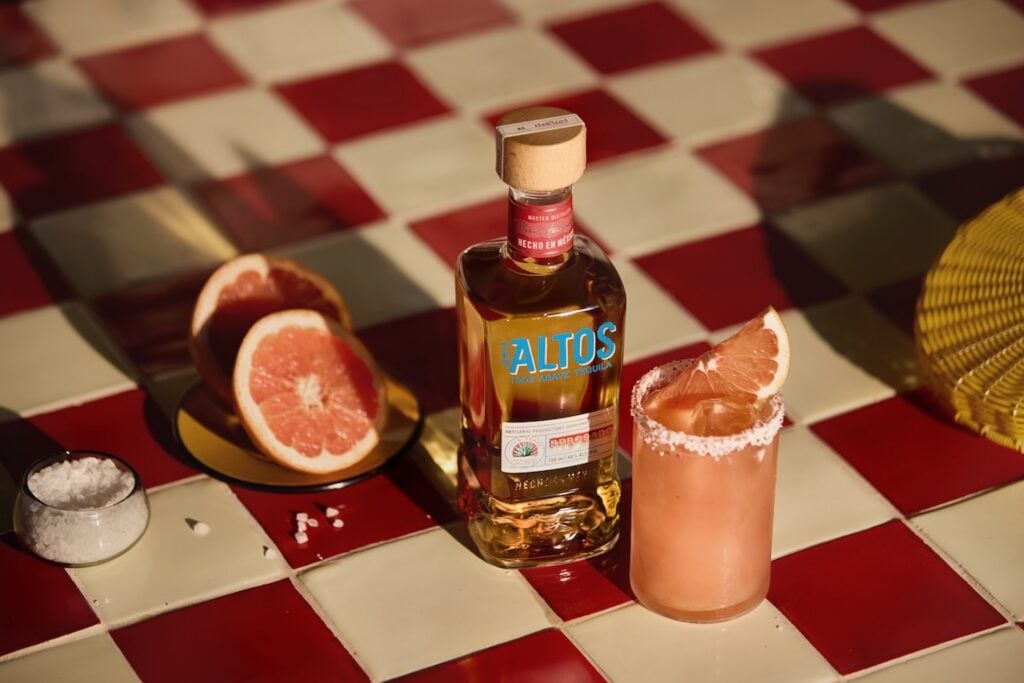Do you know what tequila is made from? How long does it take to produce? What are the denominations of origin, and what requirements must they meet? How are Reposado and Añejo tequilas crafted?
First and foremost, it’s essential to understand the raw material from which tequila is made: none other than blue tequilana Weber agave. If you’ve never seen it before, it’s the plant shown in the image below:

As we’ll discover, the journey from planting the agave to bottling tequila and preparing it for consumption can take anywhere from 7 to 9 years, depending on the type of tequila. For instance, our Reposado is aged for approximately 6–8 months, while Añejo requires up to 14–18 months.
How is Tequila Produced?
For a spirit to be recognised as tequila and hold the appellation of origin, it must be produced in specific regions of Mexico and distilled from agave heads. Furthermore, this designation is influenced by the soil where the agave is grown, which must have a particular texture and chemical composition. At Altos, our agave is cultivated in the distinctive red soil of Los Altos, a key factor contributing to the unique flavour and aroma of our product.
Additionally, factors such as climate and processes including cultivation, harvesting, production, and ageing must align with strict requirements. If these conditions are not met, the spirit cannot be classified as tequila.

There are a total of eight distinct steps involved in the production of tequila before the final product is achieved:
- The Harvest: As previously mentioned, tequila can only be produced using agave. At Altos, we use the 100% blue variety.
- The Jima: A meticulous selection of crops is carried out to ensure only high-quality raw materials are used.
- El Cocinado: The agave is cut into sections and placed in brick ovens for approximately three days to convert the starches into sugars.
- The Piedra Tahona: Once the blue agave has been cooked, we grind it at Altos using the traditional Piedra Tahona, a 400-year-old method that elevates the process to another level.
- The Mill: An alternative method involves using a roller mill to achieve the same purpose as the Piedra Tahona.
- Fermentation: At Altos, we use a specific strain of yeast to convert the sugar from the blue agave into alcohol, producing citrusy, fruity, sweet, and fresh aromas. This process results in alcohol content ranging from 4–9%.
- Distillation: The agave juice undergoes double distillation in copper stills, a process that removes sulphur compounds.
- Aging: Finally, the tequila is aged in oak barrels for Reposado and Añejo varieties. For Altos Plata, this step is omitted.

Olmeca Altos, the Premium Tequila Made with an Artisanal Process
What truly distinguishes Olmeca Altos from other tequilas is its meticulous production process. Crafted using 100% blue agave and methods that date back over 400 years, it embodies a perfect blend of tradition and innovation. Moreover, we have succeeded in producing high-quality tequilas with a minimal environmental impact. Quality and sustainability—what more could you ask for in a drink?
